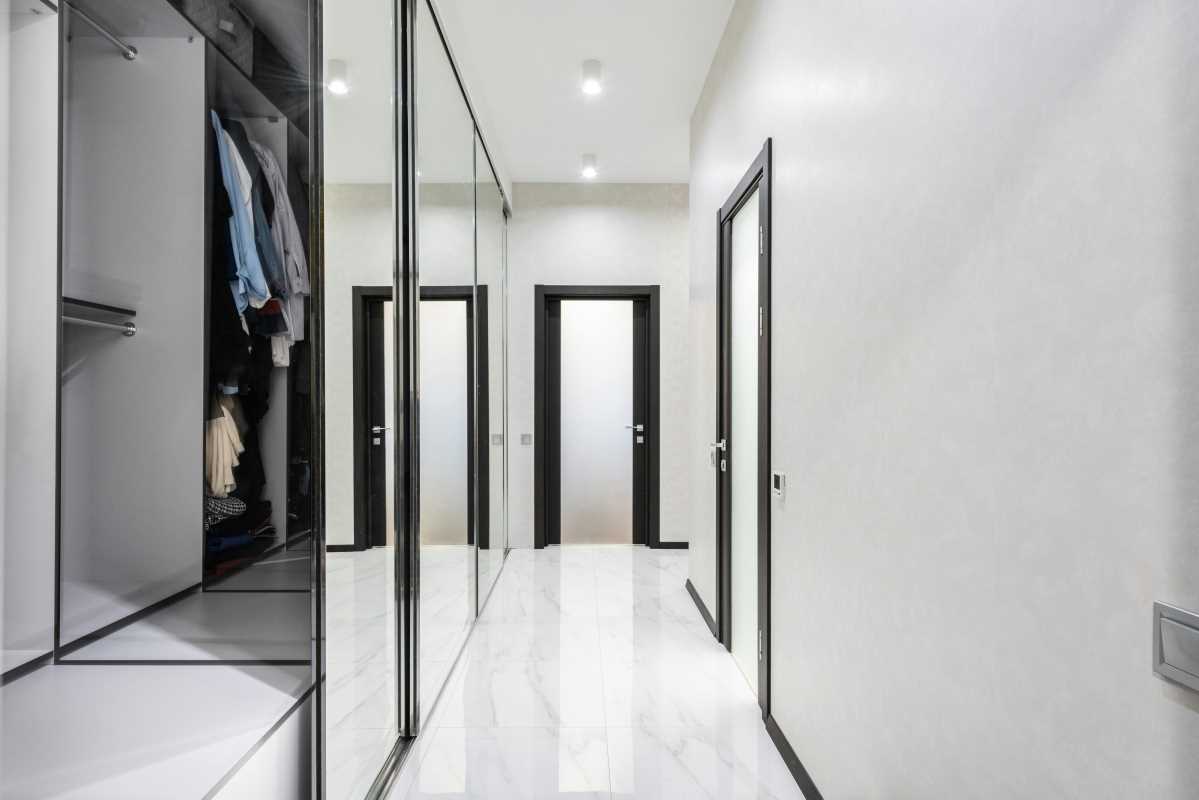Designing a dedicated homework area brings comfort and focus to study sessions. Place a desk close to gentle, indirect light to help minimize eye strain and create a welcoming atmosphere. Lay a cozy rug beneath the workspace, marking the transition from play to study and adding warmth underfoot. Select a fun wall shelf or arrange bright containers within reach to organize supplies and keep the area tidy. These thoughtful touches encourage concentration while maintaining a relaxed mood, allowing the space to feel inviting rather than strict. By blending light, texture, and personal touches, the homework zone becomes both practical and enjoyable.
By inviting elements like a small potted plant or a framed family photo, you build a space that subtly draws attention and primes the mind for curiosity. A hint of pattern on the back of a floating shelf or a strip of washi tape along the edge of the desk creates an unexpected spark, gently guiding kids to see their work area as a creative tool rather than an obligation.
Build a Focus-Friendly Area That Attracts Attention
Sketch a simple layout on graph paper or use an online floor planner to plan your space clearly. Mark off areas for writing, reading, and doodling in different colors to stimulate visual learning. Add a low bookshelf to one side where books stand face-out, making titles pop and tempting young readers to pick up new subjects on their own.
Introduce texture cues: cork board squares alternating with magnetic painted panels encourage pinning favorite photos or brainstorming ideas. A subtle change in flooring material—like a slip-resistant foam mat under the desk—gives a sensory signal whenever it’s time to switch from play to study. Tactile contrast sets boundaries without spoken reminders.
Add Creativity with Everyday Items
Turn a simple flavor dispenser into a marker organizer: swap out spices for colored pens and display them in tiers that look like art. Let kids rearrange these tiers daily, giving them ownership over how they approach each subject. The novelty keeps routines fresh and indicates that every study session can begin with a small creative choice.
Use a magnetic curtain rod mounted beneath shelves to hang clear plastic pouches of odds and ends—paperclips, sticky notes, erasers—so that grabbing what’s needed becomes a tactile game. Rotate small surprise items like scented erasers or patterned sticky tabs each week to keep interest high without clutter. These small touches boost curiosity and keep doodling instincts alive.
Steps to Create a Productive Zone
- Desk Placement (Purpose: maximize focus through natural light)
- Steps:
- Position desk within three feet of a north- or east-facing window to avoid harsh glare.
- Angle workspace toward a blank wall or gentle scenery to reduce distractions.
- Attach a sheer curtain if midday brightness increases.
- Cost/Metric: under $30 for a lightweight curtain; adjust placement seasonally.
- Insider tip: mount a slim floating shelf above the desk to reduce clutter.
- Steps:
- Task Lighting (Purpose: support long study sessions without eye strain)
- Steps:
- Choose an LED desk lamp with adjustable color temperature (3000K–6000K).
- Set brightness at 300–500 lux for reading and writing.
- Position lamp opposite dominant hand to avoid shadows.
- Cost/Metric: $25–$40 for quality LED lamps labeled “flicker-free.”
- Insider tip: use a rechargeable lamp with an hour timer that dims briefly every 45 minutes.
- Steps:
- Storage Solutions (Purpose: organize supplies and encourage responsibility)
- Steps:
- Use stackable plastic drawers or repurposed shoebox units.
- Label drawers with simple icons (pencil, ruler, glue).
- Rotate contents monthly, placing less-used items higher.
- Cost/Metric: $15–$25 per modular drawer; plan one per subject or category.
- Insider tip: attach retractable binder clips to drawer edges to hold open books upright.
- Steps:
- Visual Cue System (Purpose: signal mental shifts and encourage task completion)
- Steps:
- Place three colored stickers (green, yellow, red) along desk edge.
- Flip a matching card at the start of each session.
- Move a tiny clothespin along stickers to track progress.
- Cost/Metric: under $10 for stickers and clothespins; replace every six months.
- Insider tip: tally completed tasks on card backs to create a mini reward system.
- Steps:
- Personal Inspiration Area (Purpose: maintain motivation through familiar objects)
- Steps:
- Select three small items from home (toy, postcard, doodle).
- Display on a narrow console table, grouped by color or theme.
- Change one item weekly for freshness.
- Cost/Metric: no extra cost; reuse existing objects.
- Insider tip: attach adhesive magnet strips to items and a metal sheet on the table for quick swaps.
- Steps:
Maintain an Adaptable and Fun Environment
Adjust the space seasonally: move a small whiteboard outside during warmer months for sidewalk chalk activities, then bring it back inside when the weather cools. Hang banners printed with simple icons for math, reading, art across the shelf front to indicate the current focus. These inexpensive updates foster anticipation and a sense of novelty.
Ask kids to suggest one small upgrade each month: a new cushion cover, a different pen holder style, or a rearranged shelf pattern. This gentle co-creation approach helps them respect order and feel responsible for keeping the zone organized. Over time, they will develop positive associations with this personalized corner, making homework less of a chore.
Combine practical setup with playful accents to create a space that feels like both a studio and a study nook. Thoughtful lighting, storage, and creative details support focus and curiosity.
.jpg) (Image via
(Image via





